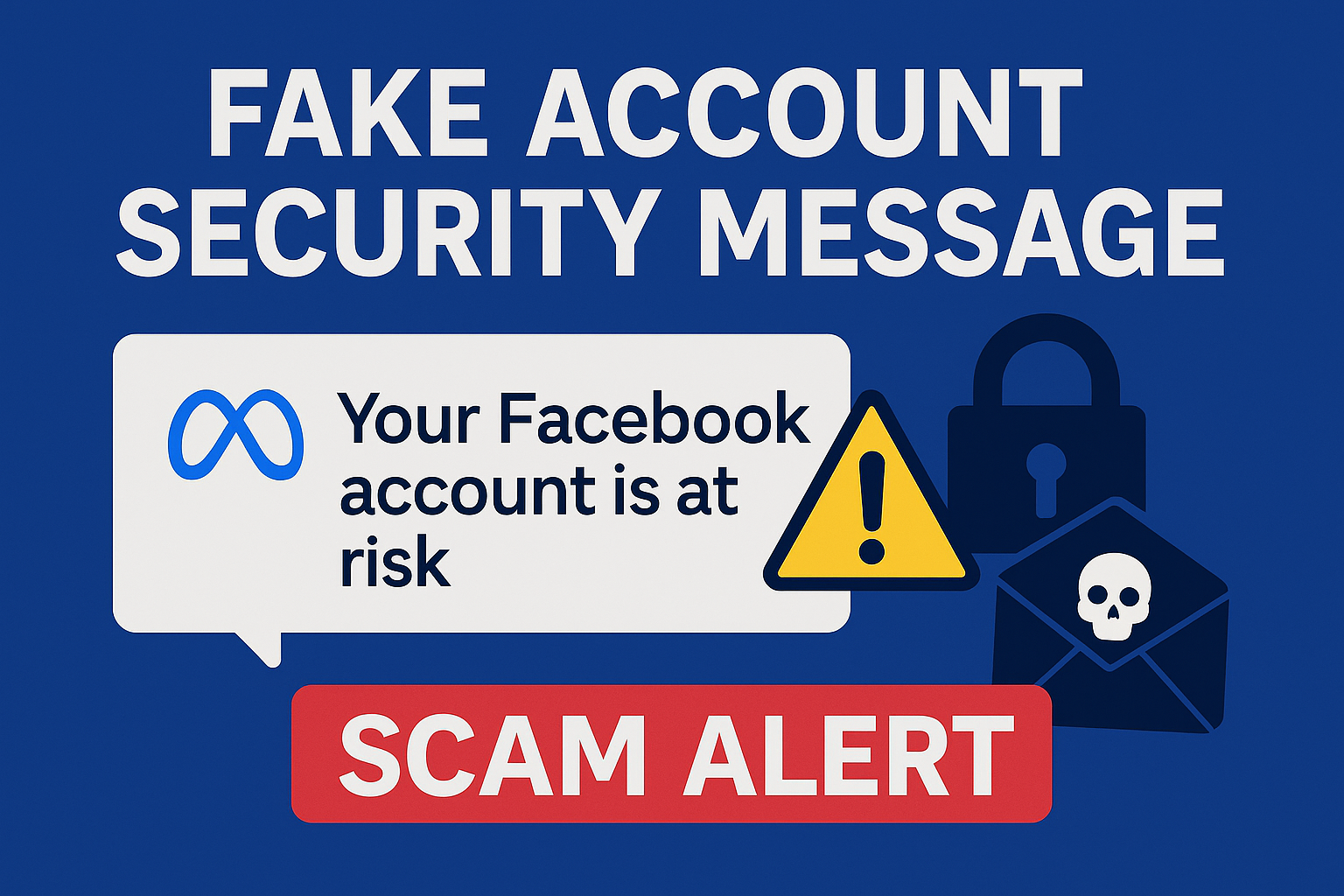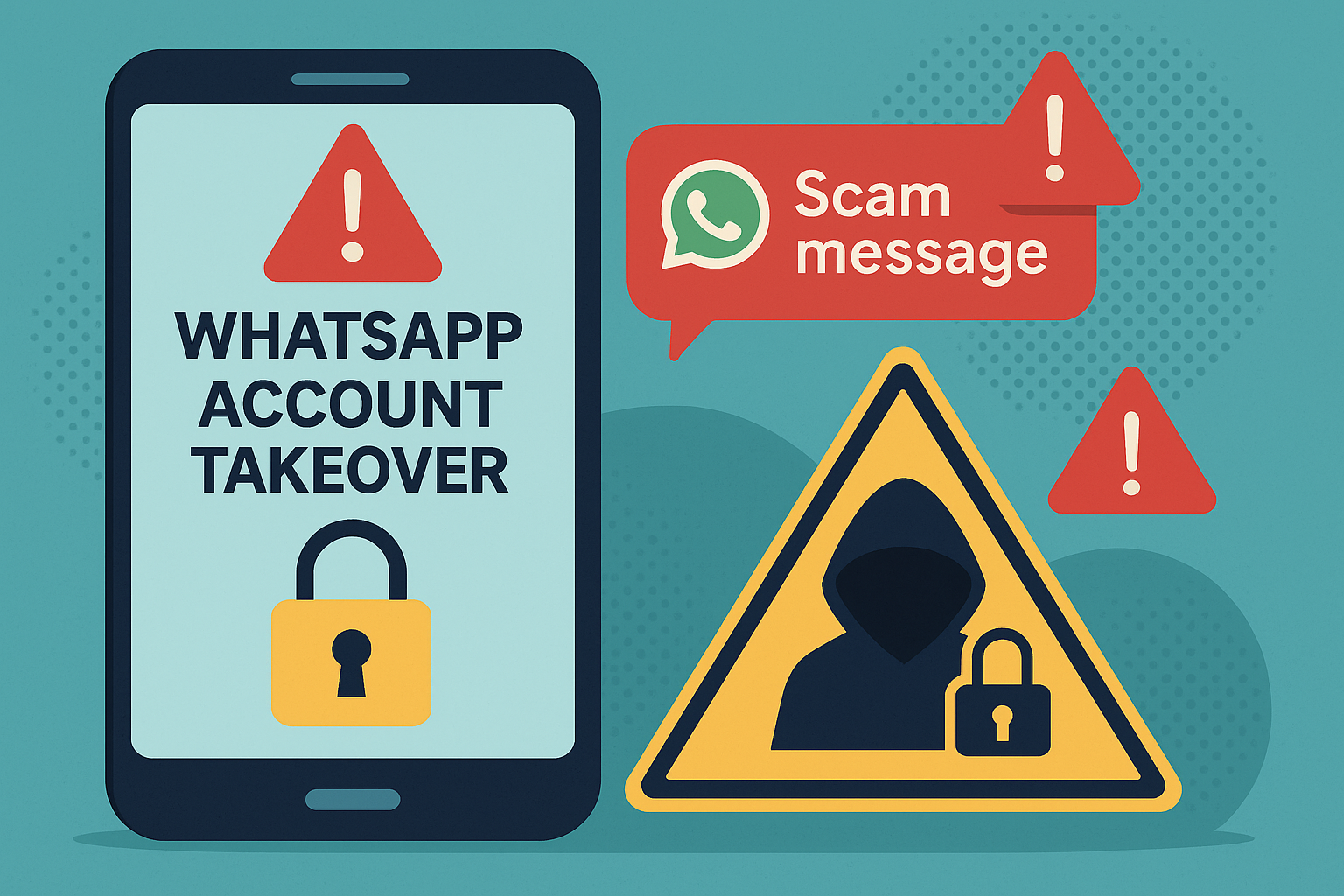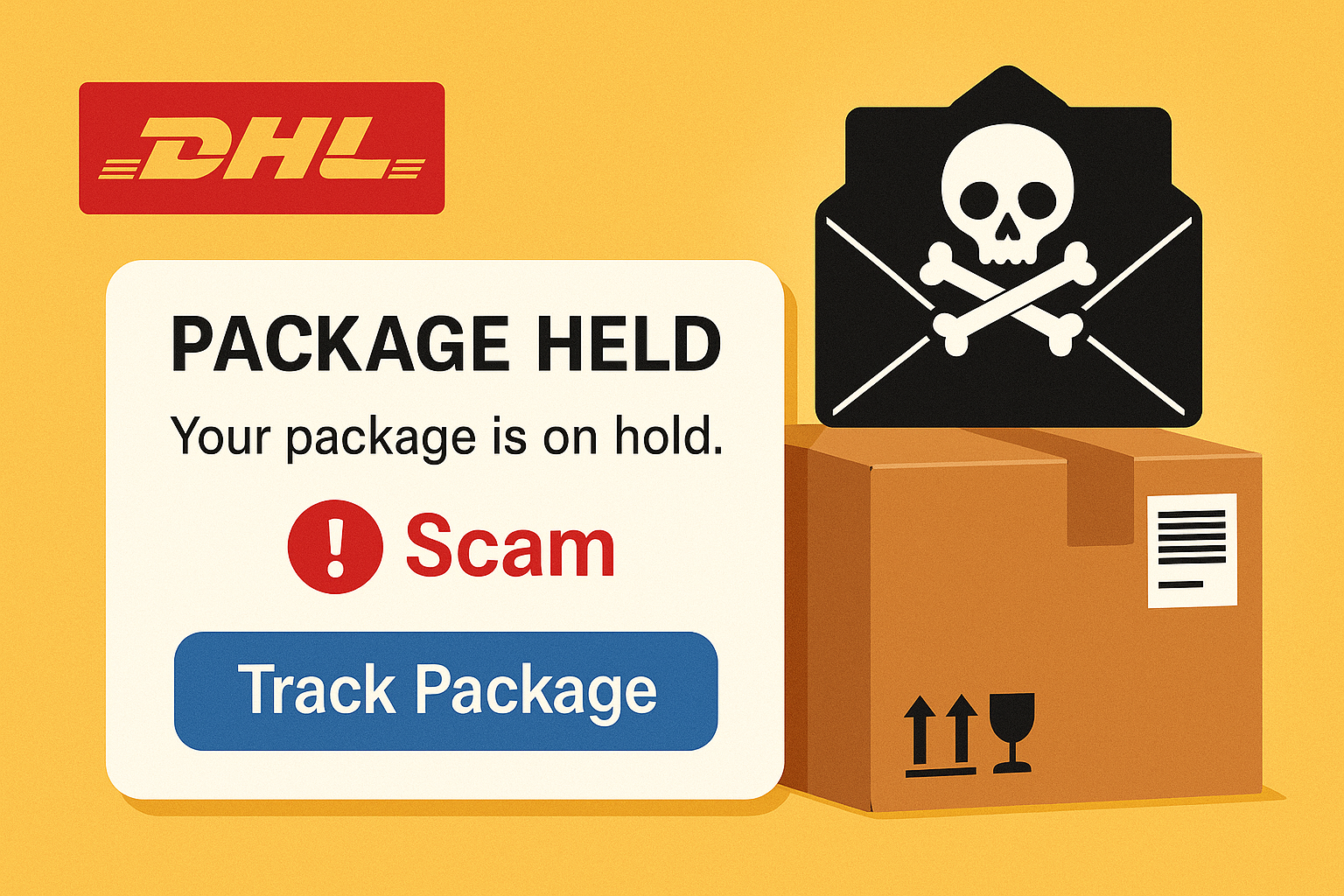The Amazon Delivery Scam has become one of the most widespread impersonation tactics worldwide. As millions of people rely on Amazon for everyday purchases, scammers use the company’s familiarity to create believable delivery notifications that look urgent and important. These fraudulent messages often claim there is a problem with an Amazon package — a delay, a missed delivery attempt, a billing issue, or an address confirmation request.
According to the Federal Trade Commission, Amazon impersonation scams accounted for more than 50 percent of reported business-impersonation fraud in the United States in 2023, costing victims hundreds of millions of dollars. The scam’s effectiveness comes from its simplicity: most people are waiting for at least one package. Scammers only need to appear at the right time with the right message.
The Anatomy of an Amazon Delivery Scam
The scam typically begins with a text message, email, or automated phone call claiming there is a problem with a delivery. Victims might see messages such as:
- “Your Amazon package requires address verification.”
- “Delivery failed: Update your information to avoid return.”
- “Action needed: Resolve payment issue to release your package.”
The message usually includes a link that appears to be from Amazon, but in reality it leads to a cloned site designed to steal information. Scammers create these fake pages using Amazon’s real layout, colors, fonts, and icons, making it nearly impossible to tell the difference at a quick glance.
Some messages reference a fake tracking number to make the communication feel more legitimate. Others pressure the recipient by warning that the package will be returned or destroyed if immediate action is not taken.
In more advanced versions of the scam, fraudsters leave voicemails pretending to be Amazon support. These calls instruct victims to “press 1” to speak with a representative — leading them straight to a scammer posing as an Amazon agent.
Why This Scam Works So Well
Amazon’s massive global presence makes it a perfect target for impersonation. With millions of packages delivered every day, scammers rely on probability. Even if they send out millions of scam messages, they only need a small number of people to be expecting a package at that moment.
Victims often assume the message is legitimate because:
- They recently placed an Amazon order
- Delivery issues are common
- The message appears routine
- The branding looks accurate
- The tone feels familiar
- The scam appears at the exact right time
The psychological effect is powerful. When people believe something they are waiting for has been delayed or lost, they act quickly — often faster than they evaluate the message.
Scammers also frequently send these messages during prime delivery windows, such as mornings or early afternoons, making them even harder to question.
What Happens After You Click
Once the victim clicks the link, the scam can unfold in several ways. The most common outcome is a fake login page that captures Amazon credentials. After entering their information, victims are redirected to the real Amazon site, making the scam harder to detect.
With stolen Amazon credentials, scammers can:
- Make unauthorized purchases
- Access stored credit cards
- Obtain personal information (address, phone number, order history)
- Redirect shipments
- Launch further phishing attempts using the victim’s identity
Some fake sites prompt victims to “update payment details,” tricking them into providing their full credit card information. Others ask for additional identity verification including birthdates, phone numbers, or home addresses — all useful for identity theft.
More dangerous variants install malware disguised as shipping documents or tracking updates. Once installed, the malware can monitor keystrokes or steal authentication codes.
How to Recognize a Fake Amazon Delivery Message
While Amazon impersonation scams have become increasingly sophisticated, they almost always contain small inconsistencies. A message may come from a suspicious email domain, an unfamiliar phone number, or a sender name that looks slightly unusual. Some scam messages contain grammar mistakes, odd phrasing, or awkward capitalization.
Fake tracking numbers are a strong indicator of fraud. Real Amazon tracking typically begins after an order is processed, and tracking updates are accessible only through Amazon’s official website or mobile app.
Amazon does not ask customers to click external links to resolve delivery issues. All legitimate communication is handled inside the Amazon app or through the official Amazon.com domain.
Shortened URLs, especially those using unfamiliar domain extensions, are a major red flag.
Any message demanding payment, immediate action, or personal verification through a link should be considered suspicious.
How to Protect Yourself From Amazon Delivery Scams
The safest way to handle any Amazon delivery message is to avoid clicking the link altogether. Instead, open the Amazon app or go directly to Amazon.com and check your order history. If there is a genuine issue with a delivery, it will be clearly displayed inside your account.
You can also verify tracking numbers through Amazon’s official tracking interface. If the number is not recognized, it is likely fraudulent.
Changing your Amazon password regularly and enabling two-factor authentication adds an extra layer of protection. This makes it significantly harder for scammers to take control of your account even if they obtain your credentials.
If you receive a suspicious message, you can forward it to Amazon’s official reporting channel: stop-spoofing@amazon.com. Never reply to the scam message or call any number listed within it.
What to Do If You Fell for the Scam
If you entered your login details on a fake Amazon page, immediately change your password using the official Amazon website. Next, check your order history for unauthorized purchases and review the “Login & Security” section to see if new devices were added to your account.
If you provided your credit card number, contact your bank to freeze or replace the card. Review your statements for suspicious charges.
If malware may have been installed, run a full security scan using trusted antivirus tools.
And finally, report the incident to your national fraud authority.




